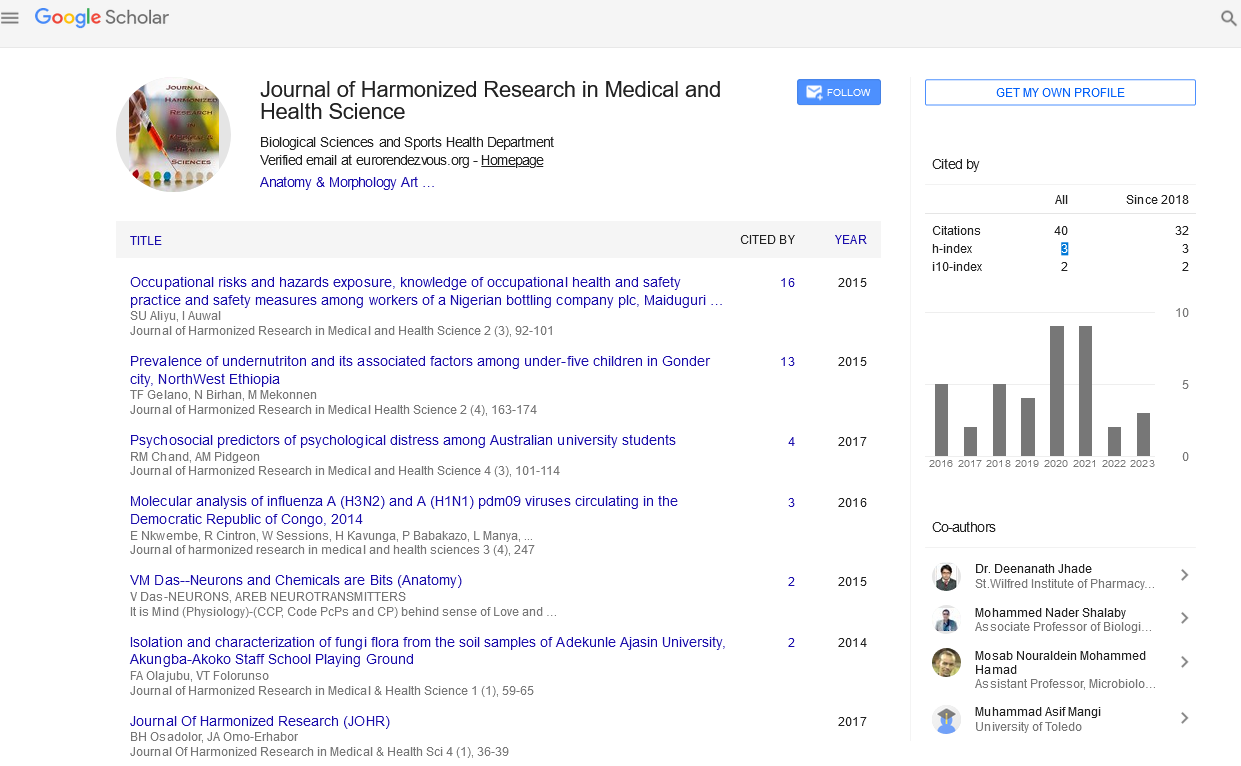PREVALENCE OF MALARIA; A CROSS SECTIONAL STUDY AT BAHIR DAR HEALTH CENTER, NORTHWEST-ETHIOPIA
Abstract
Author(s): Awoke Derbie, Daniel Mekonnen.
Background: Malaria remains a major public health problem worldwide. It primarily affects low- and lower-middle income countries. Within endemic countries, the poorest and most marginalized communiti es are the most severely affected, having the highest risks associated with malaria. Updated epidemiological information regarding the prevalence of malaria helps to determine the magnitude of the problem and to design and implement effective prevention and control measures. Methods and materials: A cross sectional survey was conducted for four consecutive months from November 2014 to February 2015 at Bahir Dar health center. Socio-demographic data were collected using structured questionnaires. Capillary blood samples were collected for thick and thin blood films, stained with Giemsa stains and examined microscopically for the detection and identification of plasmodium parasites. Results: Of 180 patients (age range; 8 months to 63 years) for blood film malaria parasites examinations, 69 (38.3%) were positive for malaria. Most of malaria infected individuals, 26(37.7) were in the age group 19-45 years. The prevalence malaria was high among females (60%) than males (40%). The two most important species of malaria identified were P. falciparum in 45(65.2%) patients and P. vivax in 24(34.8%). Conclusions: Although the numbers of study subjects were quite limited to draw strong conclusions, the observed prevalence calls up concerned stakeholders to undertake sustainable malaria prevention and control measures.










